According to old documents, the Holy See was built to imitate the heavenly realm but there are no detailed architectural drawings. From the overall structure to the decoration of the building, everything was obtained by the guardian monk Pham Cong Tac through the medium (a method of communicating with the spiritual world to receive messages from the upper realm).
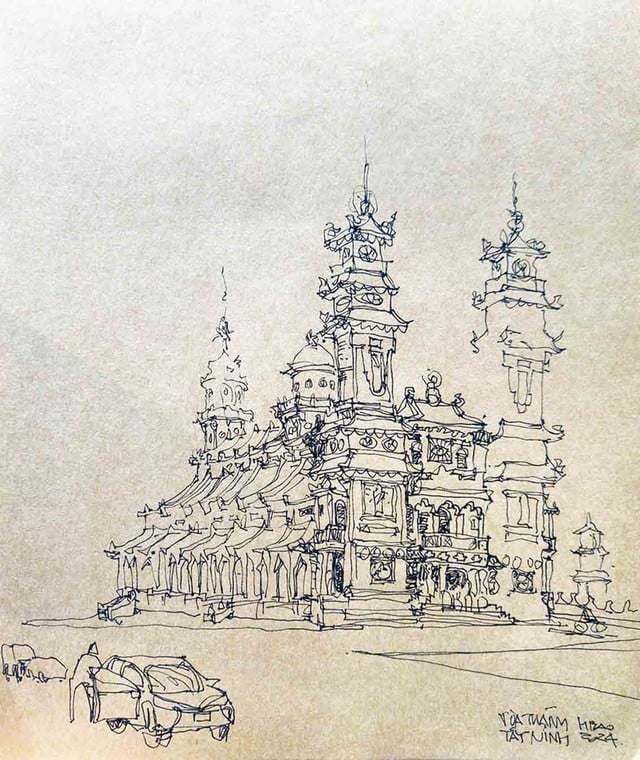
The Holy See is shaped like a bowing dragon horse - sketch by architect Bui Hoang Bao
In East Asian culture, the dragon horse is a mythical creature with a dragon head and a horse body, symbolizing goodness and wisdom. From afar, the Holy See has the shape of a bowing dragon horse (Dragon horse worships a master). The roof of the Holy See also has a statue of a dragon horse carrying a river map (a diagram forming the Eight Trigrams, used to explain the laws of the universe) running from east to west (implying that religion developed from the East to the West). This statue is made from thousands of pieces of ceramic and porcelain.
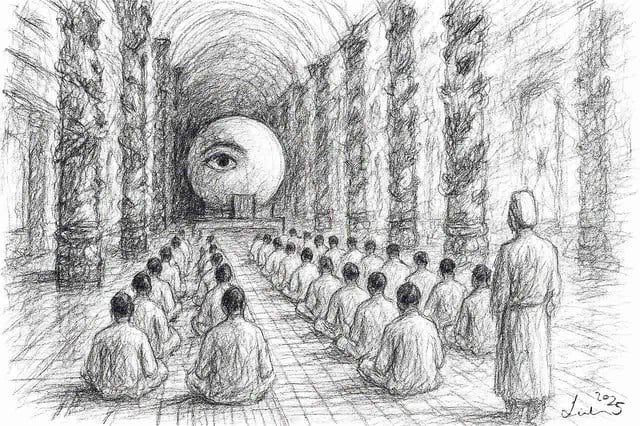
The most sacred area of the Holy See houses the cosmic sphere symbolizing the universe - sketch by architect Linh Hoang
The interior of the Holy See is designed as a journey from the physical world to the sacred realm. Right at the entrance is the Hiep Thien Dai - a place connecting with the spiritual world. The main hall is the Cuu Trung Dai - a place for ceremonies with 9 levels gradually increasing from the outside to the inside (corresponding to the ranks in the system of dignitaries and followers). The Bat Quai Dai is the most sacred area. Replacing the traditional worship statues is a Can Khon sphere symbolizing the universe.
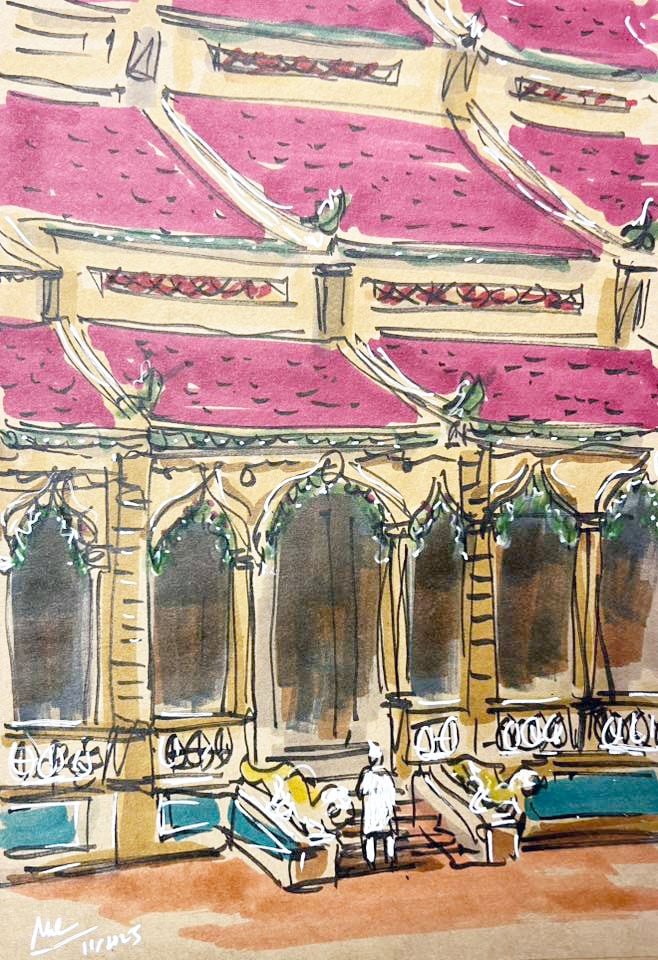
A corner of the Holy See - sketch by artist Tran Binh Minh
In Cao Dai religion, 9 is a sacred number, so many parts of the building are built in multiples of 9. Specifically, the building is 27 m wide (3 x 9), 135 m long (15 x 9); the main door with three platforms is 36 m high (4 x 9), Hiep Thien Dai (2 bell and drum towers) is 27 m high (3 x 9); 18 dragon pillars in the main hall (2 x 9)...
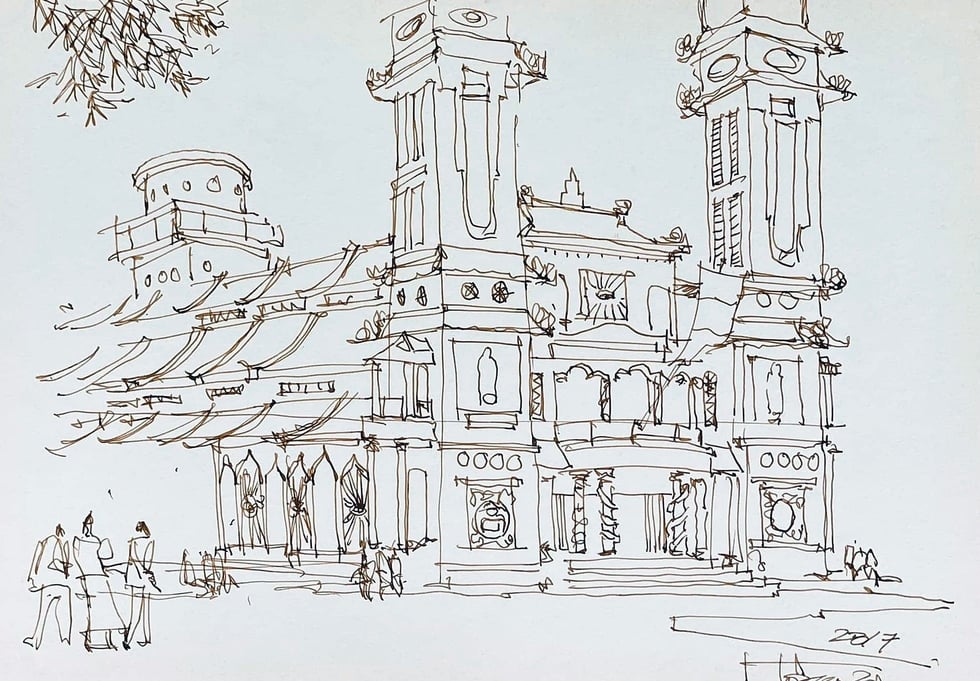
The project is said to be built on 6 underground water veins converging as a way to protect the "dragon vein", bringing peace - sketch by architect Tran Xuan Hong
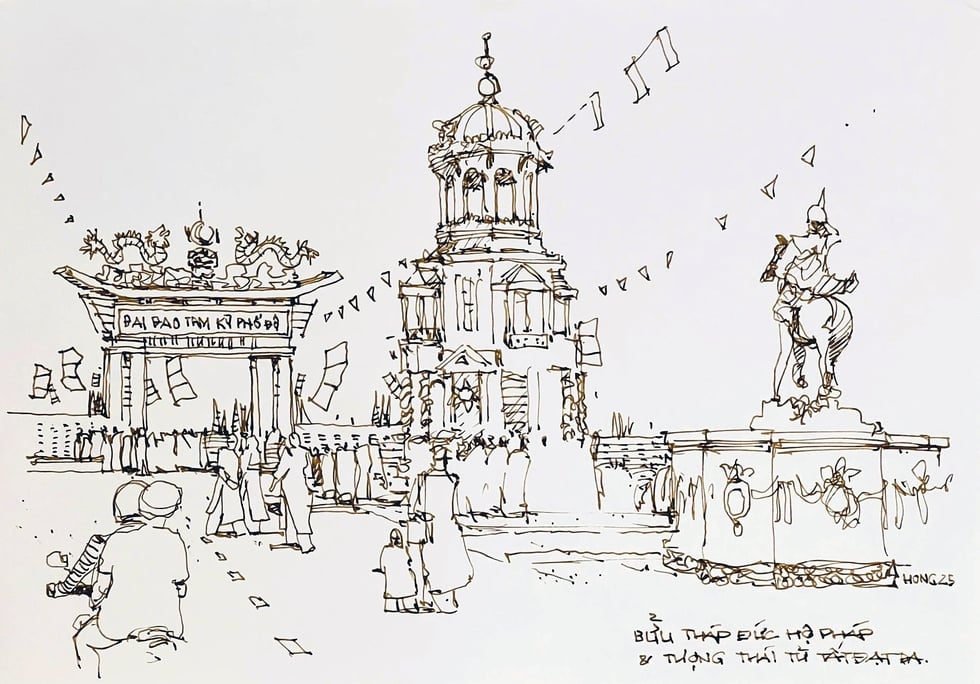
The main gate is only opened on special occasions - sketch by architect Tran Xuan Hong
(*): Founded by the Vietnamese in 1926, Cao Dai's symbol is an eye in a triangle (Thien Nhan, symbolizing God). Cao Dai also worships many deities of different religions such as: Jesus, Buddha, Confucius, Lao Tzu... Currently, Cao Dai has about 3 million followers, mainly in Vietnam.
Source: https://thanhnien.vn/toa-thanh-mo-phong-coi-thien-dinh-va-bi-an-dan-co-185251108200156231.htm




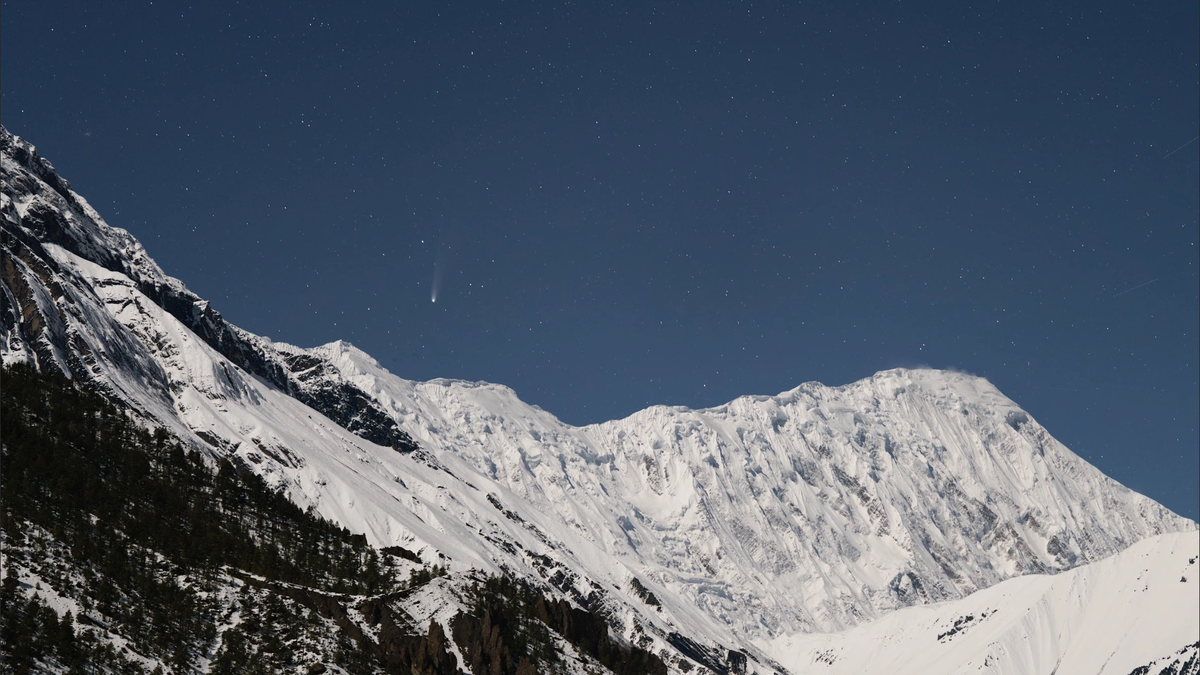



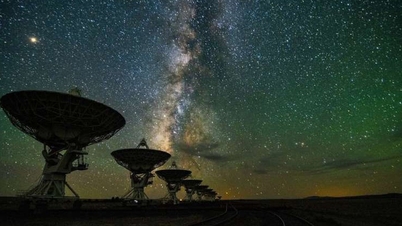

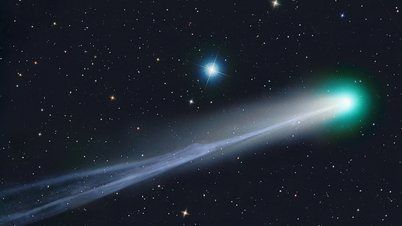




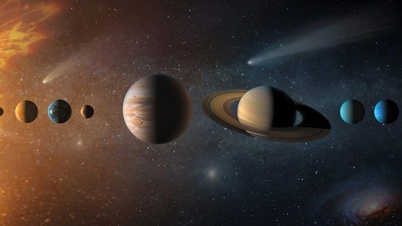
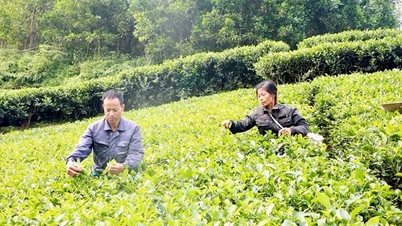






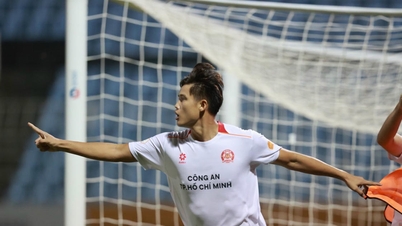






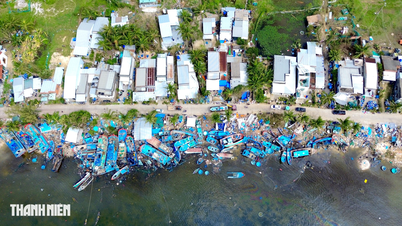




































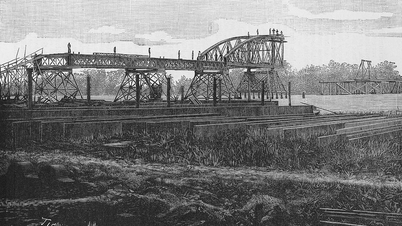
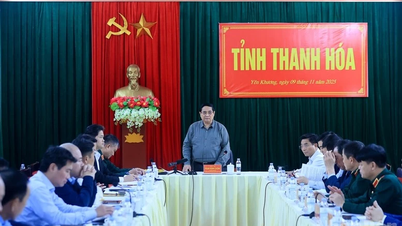



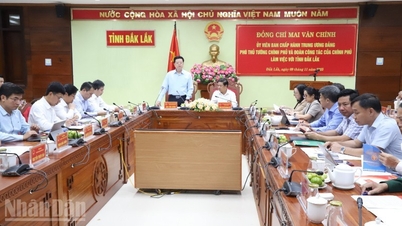



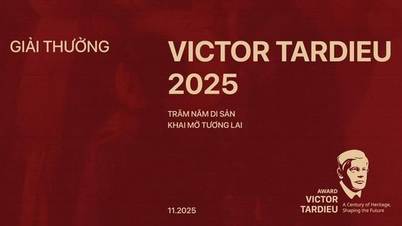







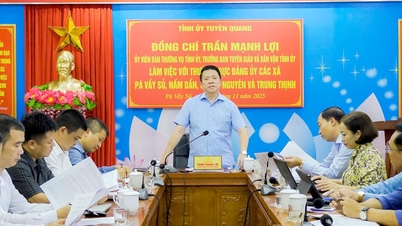


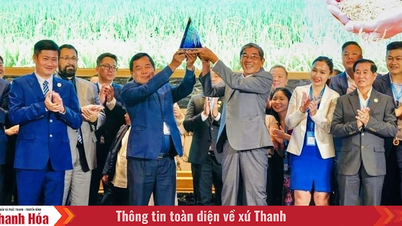


![Dong Nai OCOP transition: [Part 2] Opening new distribution channel](https://vphoto.vietnam.vn/thumb/402x226/vietnam/resource/IMAGE/2025/11/09/1762655780766_4613-anh-1_20240803100041-nongnghiep-154608.jpeg)













Comment (0)